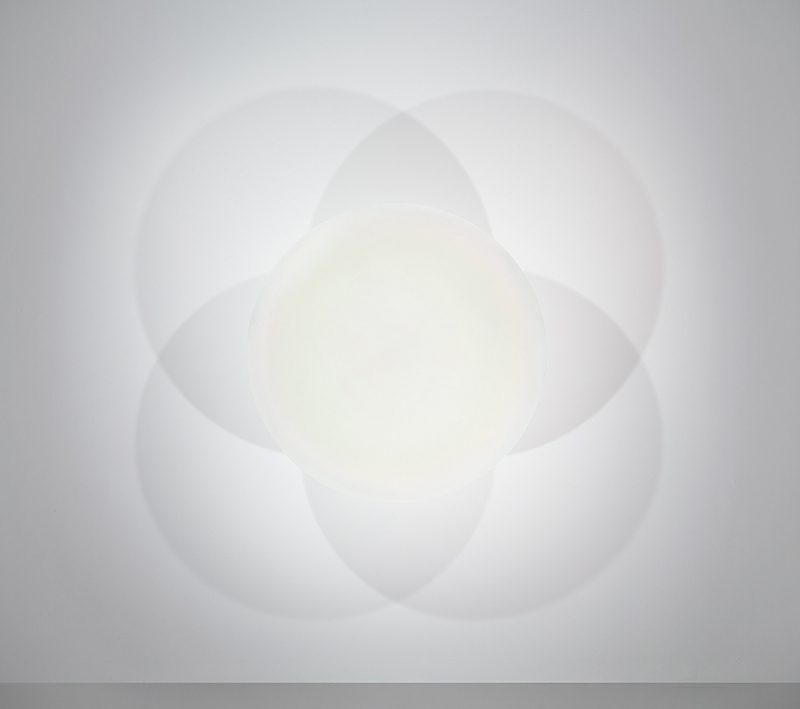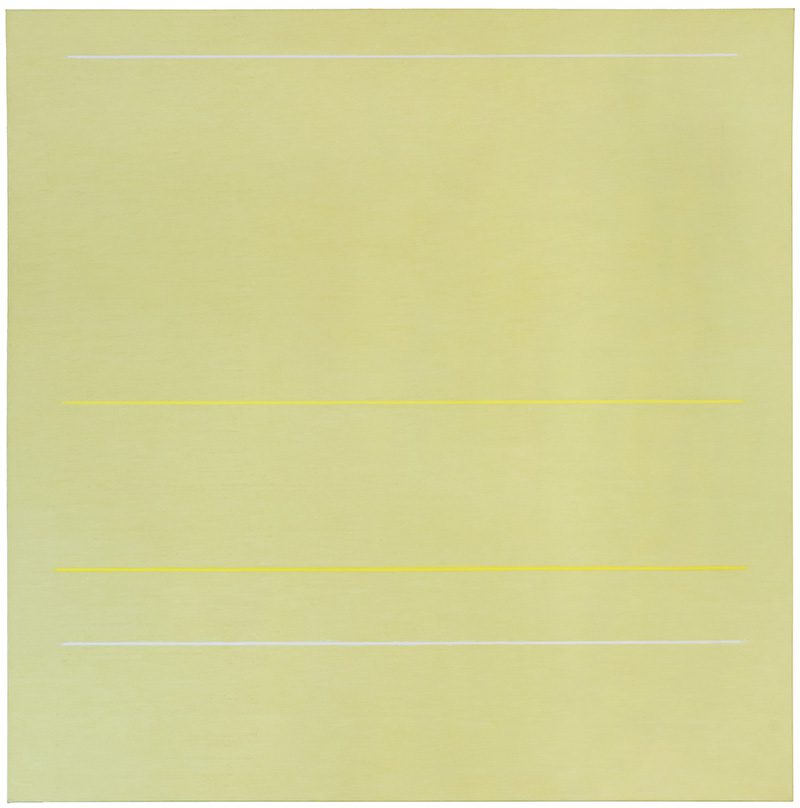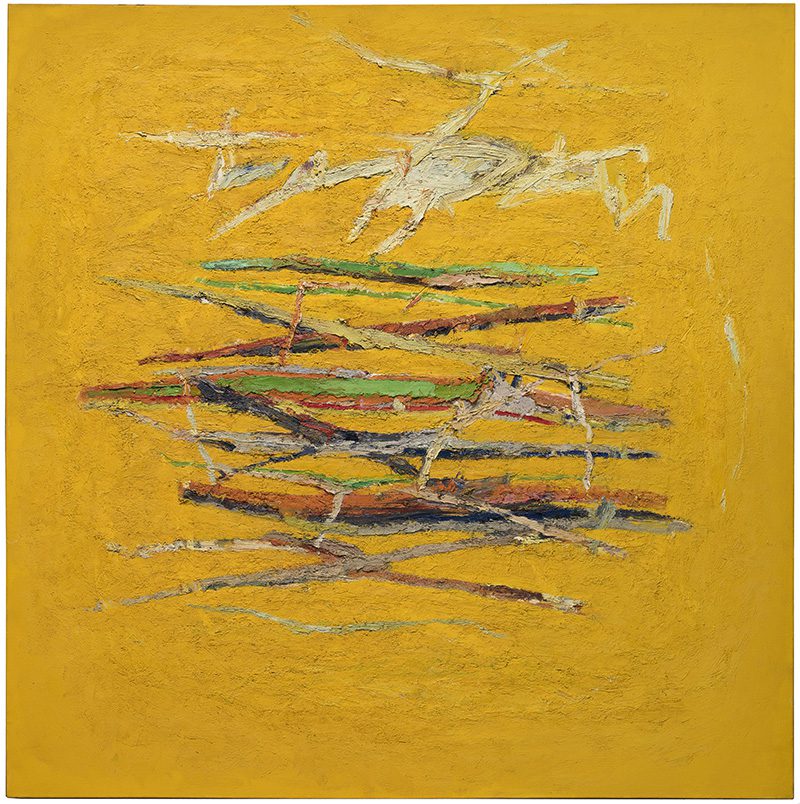ART-PREVIEW:Robert Irwin-All the Rules Will Change
 For more than 60 years, Robert Irwin has explored perception as the fundamental issue of art. Irwin, who began his career as a painter in the ‘50s and became the pioneer of the L.A.-based Light and Space Movement in the ‘60s, has, through a continual breaking down of the frame, come to regard the role of art as “conditional”, or something that works in and responds to the specific surrounding world of experience.
For more than 60 years, Robert Irwin has explored perception as the fundamental issue of art. Irwin, who began his career as a painter in the ‘50s and became the pioneer of the L.A.-based Light and Space Movement in the ‘60s, has, through a continual breaking down of the frame, come to regard the role of art as “conditional”, or something that works in and responds to the specific surrounding world of experience.
By Efi Michalarou
Photo: Hirshhorn Museum Archive
The exhibition “Robert Irwin: All the Rules Will Change”, is a major exhibition by one of the leading postwar American artists. It is devoted to Irwin’s work from the pivotal decade of the ‘60s, a pioneer of California Light and Space Art, which also included artists such as Larry Bell, John McCracken and James Turrell. Minimalism was a common theme for many of these artists, but Irwin never got sidetracked into the beautifully made commodity. His ideas travel, but his art doesn’t. Irwin is also a leading figure in broader Movements away from discrete art objects in traditional media and toward an understanding of art as a perceptual experience. The title of the exhibition is drawn from the artist’s writings, and is divided into two parts, a historical survey from 1958 to 1970 and a large installation created specifically for this exhibition. Over the past 40 years, Irwin has created more than 50 site-conditioned projects, ranging from the Central Garden at the Getty Center in Los Angeles and the master plan and landscape design for Dia:Beacon in Beacon, N.Y., to major works at the Museum of Contemporary Art San Diego and the Walker Art Center in Minneapolis. A large-scale project for the Chinati Foundation in Marfa, Texas, is scheduled to be completed in 2016. These pieces are so specific to the places for which they are made, the Hirshhorn Director Melissa Chiu describes his intentions: “The expansive new installation that occupies the final gallery employs more than 100 feet of scrim to square architect Gordon Bunshaft’s circle in one simple, conceptually elegant gesture”. Irwin sees art as conditional, and his minimal interventions such as tall clear acrylic columns, seek to interrupt vision and set up a brief and phenomenological experience. The artist has said that “The pure subject of art is human perception’ and colour has the ability to put life in inanimate situations”, seeing art as determined by the viewer and situation rather than acting autonomously.
Info: Hirshhorn Museum and Sculpture Garden, 7th Street and Independence Avenue SW, Washington DC, Duration: 7/4-5/9/16, Days & Hours: Daily 10:00-17:30, http://hirshhorn.si.edu



